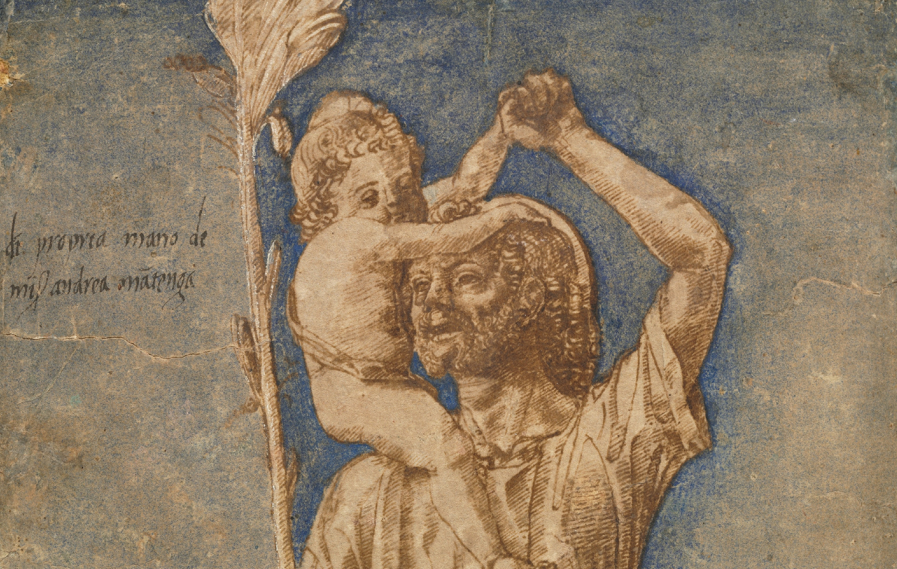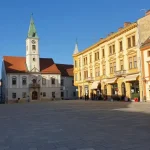July 26, 2023 – We are delighted to welcome Zoran Rajn to TCN – here is his first article, on the sacral relics in Croatia.
One of the most notable collections of relics in Croatia is located in the town of Vodnjan, where the Church of St. Blaise (sveti Blaž) houses the Vodnjan Reliquary. The collection contains a total of 370 relics of 250 Christian saints (St. Barbara, St. Sebastian, St. Mary of Egypt, St. Marcellinus and Peter, St. Leon Bemba, St. Ivan Olini, St. Nicolosa Bursa, St. Basil, St. Anthony the Abbot, St. Paul the Archbishop of Constantinople, Blessed Miroslav Bulešić, etc.), including undecayed bodies, which represent a scientific phenomenon or miracle.
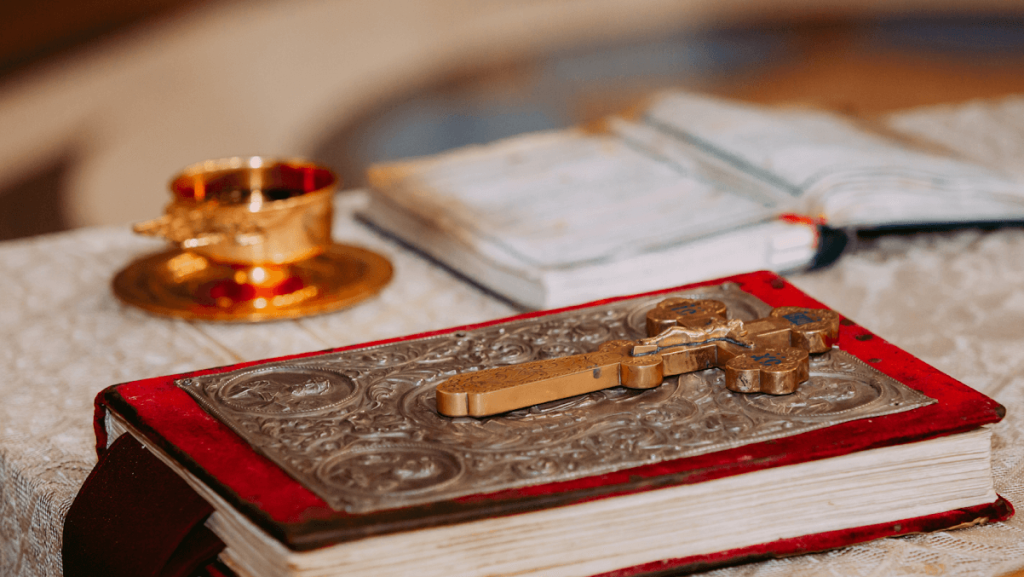
The relics are sometimes called Vodnjan mummies, but this is incorrect because the bodies are not embalmed or hermetically sealed. These relics date from the time of the persecution of Christians, then the Middle Ages, and up to modern times. This unique treasure of relics is located in the premises of the former sacristy, and it is the largest collection in Croatia and the second largest in Europe after Rome. In addition, the collection in Vodnjan contains 730 works of sacred objects from the 4th to the 11th centuries.
For example, there is a thorn from the crown of Jesus Christ, then a canvas on which St. Simon held the baby Jesus, part of the veil of the Mother of God, the bones and clothes of the apostles, the earth soaked in the blood of Jesus, etc. The church has ten altars, 24 paintings, and 18 sculptures. Every year, thousands of visitors visit and make pilgrimages to this place.
All these spiritual treasures arrived in Vodnjan after the end of Napoleon’s reign thanks to artist Gaetano Gresler, who saved them from destruction and loss. When the French entered Venice in 1810, in accordance with the proclaimed atheistic ideas of the French Revolution, the churches were first thoroughly looted and then turned into warehouses or stables. The famous painter Gaetano Gresler happened to be in Venice at the time, and he hid the bodies of the saints and many relics and reliquaries in his palace.
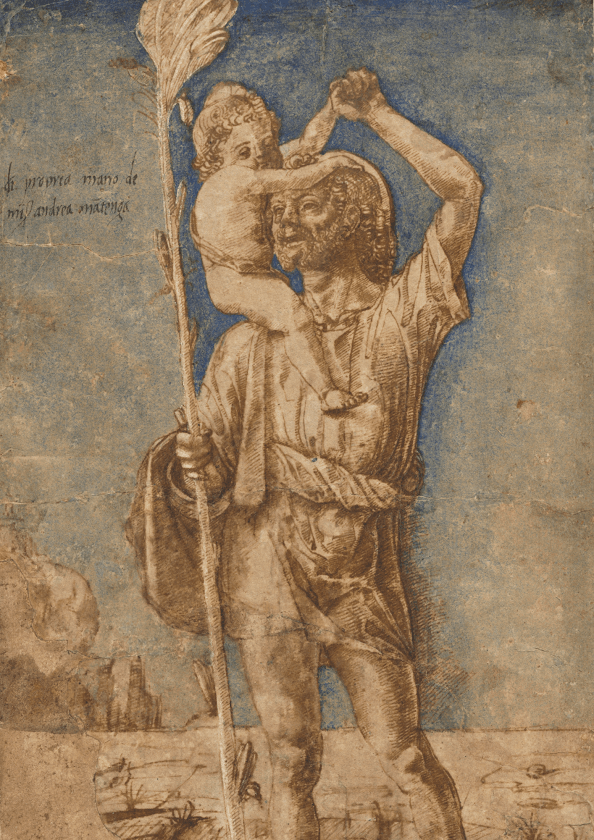
When the French left in 1815, a delegation traveled from the Istrian town of Vodnjan to Venice with the intention of finding an artist to come and decorate the devastated church. By some chance, they met Gresler, who agreed to come to Vodnjan. When he came, he was afraid of what would happen to the relics in Venice, so he transferred them to Vodnjan on June 23, 1818. It was probably the most valuable cargo that ever sailed the Adriatic Sea.
Vodnjan has the largest number of relics, but the most important Croatian relic is in the Sanctuary of the Most Precious Blood of Christ in Ludbreg, which is located in the northern part of Croatia. The Shrine is known for preserving the Blood of Christ, which miraculously appeared in the chalice during Mass in 1411. After an investigation, Pope Leo X returned the relic from Rome to Ludbreg, and in 1513 he issued a bull order that the relic be kept in Ludbreg for all time and exposed to the people for devotion and worship.
The relic is not displayed in a chalice today, but in a glass ampoule in an expensive reliquary made in 1721 by Countess Eleonora Strattman. Master Caspar Riss from Augsburg made this reliquary, which is considered the most valuable piece of church goldsmith art in Croatia. Among the greatest worshipers of the relic was Blessed Cardinal Alojzije Stepinac. Because of this relic, the Croatian nation is called the richest nation in the world.
Blessed Carlo Acutis, who was beatified in 2020, mentioned it in his Exhibition about the Eucharistic Miracles. The miracle was included in the Exhibition on the recommendation of Father Božidar Nagy, the postulator for the canonization of Blessed Ivan Merz, who once met the mother of Carlo in Rome. Here you can read more.
Another notable relic is the Thorn from Christ’s Crown of Thorns, which is kept in Pag. The Holy Thorn was brought to the island of Pag by Brother Ivan Tutnić from the Holy Land in 1435. The thorn is kept in the Monastery of St. Margarita, and the Crown of Thorns itself is in the Notre-Dame Cathedral in Paris. They claim it is the only one, along with the Crown in Paris, that has an official certificate from the Holy See.
Also, the Dubrovnik Cathedral houses Jesus’ diaper (Sacer Panniculus Christi), the cloth in which he was wrapped as a boy when he was presented in the temple (Lk 2:29–32). It was said to have miraculous powers, so nuns used to give pieces to the terminally ill and women in labor for a happy birth. By some miracle, the diaper would renew itself until one piece was presented to the Bosnian queen. The Benedictine nuns, however, continued the practice of donating parts, but the Dubrovnik Senate, fearing the complete loss of the relic, stored it in the treasury of the cathedral.
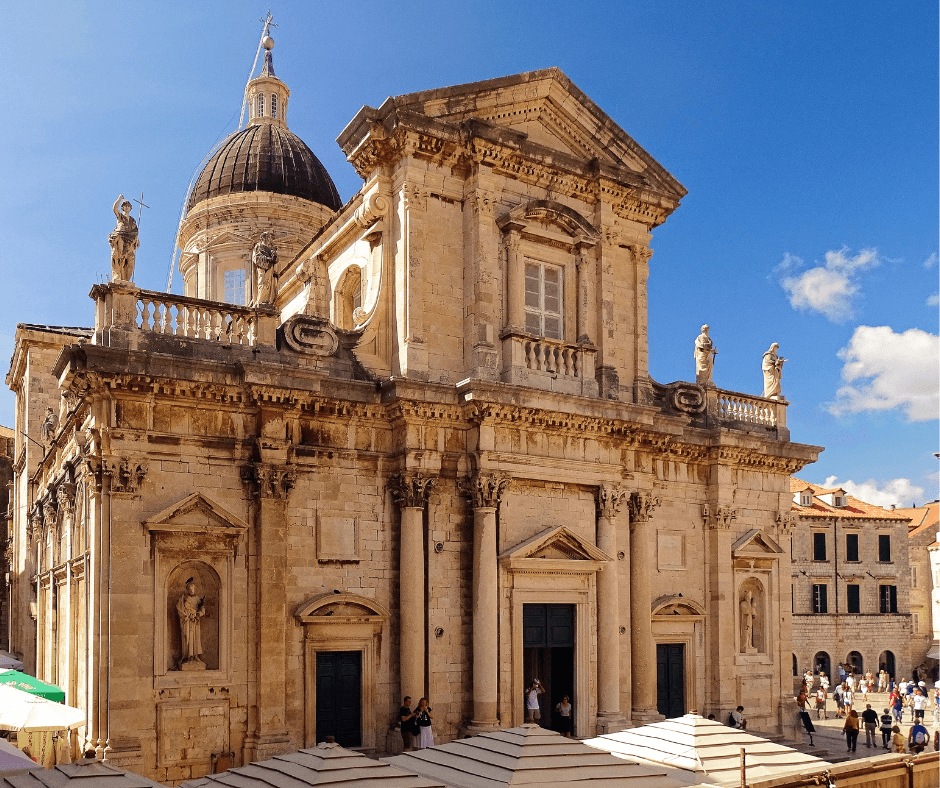
Since that time, it has been performed only once a year in a procession on the day of St. Blaise (Sveti Vlaho). After it was taken from the Benedictines, a piece was torn off from the relic only twice: in 1396 as a gift to Sigismund of Luxembourg while he was staying in Dubrovnik and in 1844 to Pope Pius IX. The part given to the Pope is kept in the Lateran Basilica. Beside the Holy Diaper, in the treasury in Dubrovnik, they have about twenty other relics related to Jesus. One of them is a relic of the wood of the Cross on which he was crucified. According to legend, it was donated to the Church by Croatian Queen Margarita.
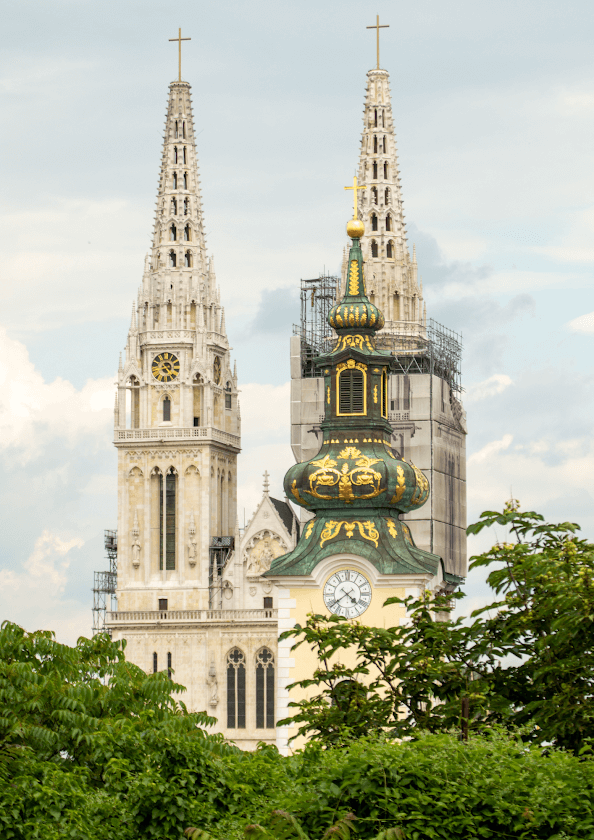
Zagreb Cathedral also has a relic of the Holy Cross. It was a gift from the Zagreb bishop Macilin in 1134, when he brought it from Jerusalem as one of the Jerusalem canons, guardian of Christ’s tomb.
Another notable collection of relics can be found in the city of Zadar, where the relics of Saint Simon are kept. The Bible text about St. Simon is read on the Feast of Candlemas (Lk 2, 22–40). These relics are said to have been brought to Zadar by the crusaders in the early 13th century and have been preserved ever since. He is prayed for in intercession by couples who want children as well as women in labor.
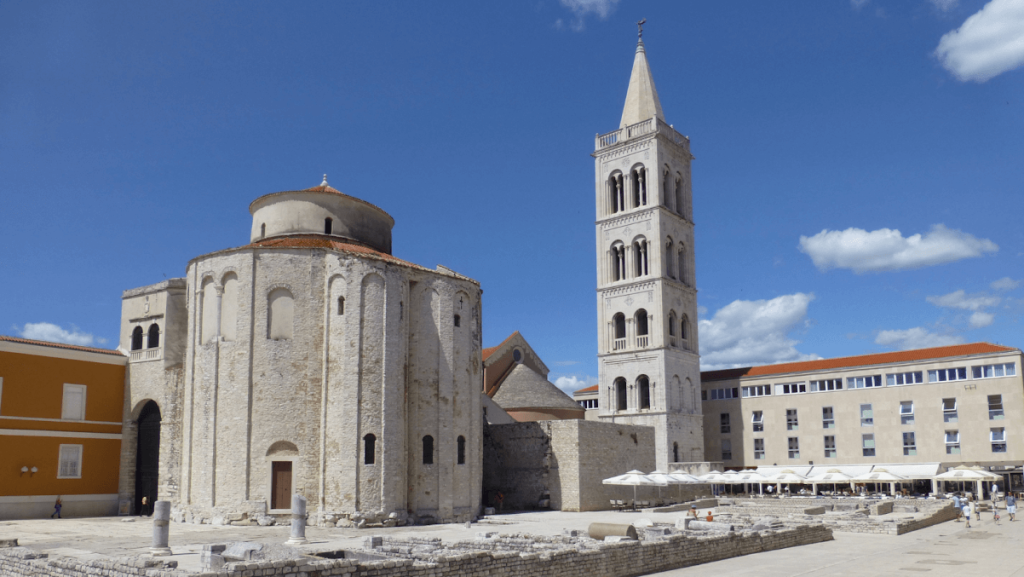
At the very end, I want to point out the Euphrasian Basilica in Poreč – a UNESCO World Heritage Site that houses a sarcophagus with the relics of Saint Maurus and Saint Eleutherius. In the Cathedral of St. James in Šibenik, which is also on the UNESCO list, there is an undecayed leg of St. Christopher, the second patron of the city of Šibenik and the Diocese of Šibenik, along with St. Michael the Archangel. According to the story, Christopher’s leg carried Christ and all the sins of the world across the swollen river. Traditionally, the reliquary with the powers of St. Christopher is opened for worship on the eve of the holiday, on July 26. You can read more about Saint Christopher here.
If you would like more information about these spiritual treasures, you can contact the Postulature of Blessed Ivan Merz in Zagreb, Croatia.

